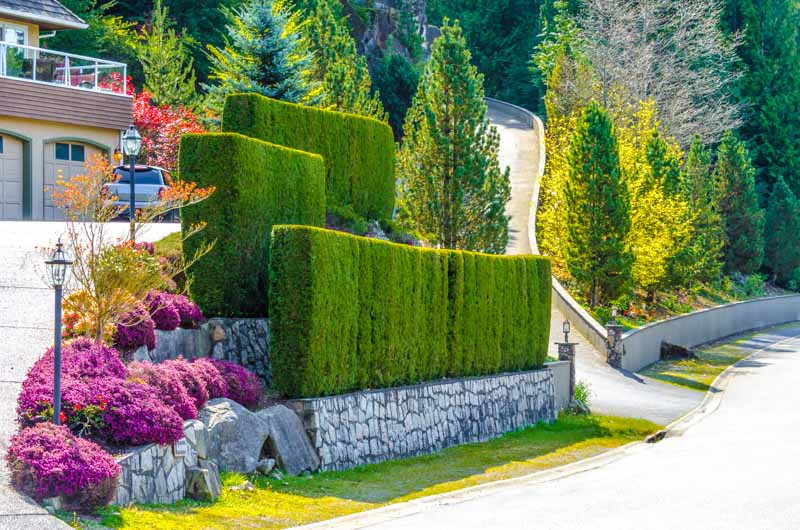Hedges and Screens - Expert Tips for Gardening Success
Planting hedges and screens can serve multiple purposes in your garden, from creating privacy and blocking wind to providing habitat for wildlife and beautifying your landscape. Here are some expert tips to ensure gardening success:
- Plan Before Planting: Evaluate your needs and garden conditions. Is the hedge for privacy, wind protection, or just decoration? Is the soil clay, loam, or sandy? What’s the sun exposure? All these factors influence your choice of plants.
- Choose the Right Plants: Some plants make excellent tall screens (Leyland Cypress, Hornbeam), while others are better for low hedges (Boxwood, Japanese Holly). Always check plant mature height and width to ensure it suits your needs.
- Prepare the Soil: Improve the soil with compost or well-rotted manure before planting. Good soil preparation can boost plant health and reduce maintenance.
- Plant Properly: Most hedges need to be planted in a straight line. Use a string line to guide you, ensuring your plants are evenly spaced.
- Prune Regularly: Regular pruning ensures dense growth and maintains the desired shape. Start pruning early in the plant’s life to encourage bushy growth.
- Water and Fertilize: Water deeply after planting and during dry periods. Fertilize with a balanced slow-release fertilizer in early spring.
- Consider Wildlife: Many hedging plants provide food and shelter for wildlife. Include a variety in your garden to support local biodiversity.
Remember, a well-planned and maintained hedge can add value and beauty to your garden while serving practical functions. Happy gardening!

